When I was not writing about Monaco these past few weeks, I was putting together the 7th edition of LUXE Paris. My world has become limited to words. By the time my family comes home at the end of the day, I have a hard time putting two of them together to start a sentence. It has become something of an obsession lately. And not just for me, but the whole country was talking about some choice words last week. The words : Madame le président.
Those were the words used by an Assemblyman when addressing the president of a meeting in the French congress last week and the masculinization of her title was so shocking it resulted in a formal reprimand. A rather serious one that included the loss of 1/4 month’s pay. There were regular blurbs reminding us about the slur on every channel. When I asked Em what the fuss was about, she asked what fuss I was referring to. Mr French had heard the reports, but even he had no idea why it had caused such a scandal. In fact, a lot of native French speakers were at a loss to understand what was so insulting about the term.
It is no exaggeration that French is a tough language to master. Beyond the titles, some nouns mean different things depending on the gender. Un oeuvre is a porfolio of somebody’s work, while une oeuvre is a piece of work, like a painting or sculpture (or do I have that backwards? You see how hard it is?) A memory becomes a memoire.
I was actually quite relieved to learn that I am not the only one who struggles with these little details that seem to make big difference. Not only do I feel like incompetent, but it forced Le Figaro newspaper to print an article in French explaining to the French why Madame le présidente is such a slur. Assemblywomen, it would seem, would like their jobs feminized. Just to make things less clear, female government Ministers do not request the same priveledge, so Ségolene Royal is indeed, Madame le Ministre. This is the formula preferred by the Academie Françaises, the official body whose soul existence is to monitor the French language. Quebec, Belgium and Switzerland beg to differ, asserting that by feminizing career titles we are contributing to equality.
And now Sweden has gotten involved introducing the word hen to replace him or her, in the hopes gender differences disappear for good. An idea that would cause a revolution in France!

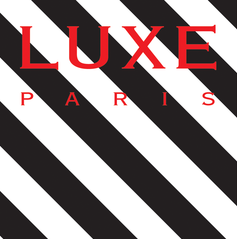

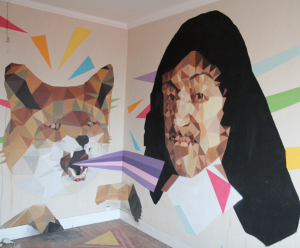
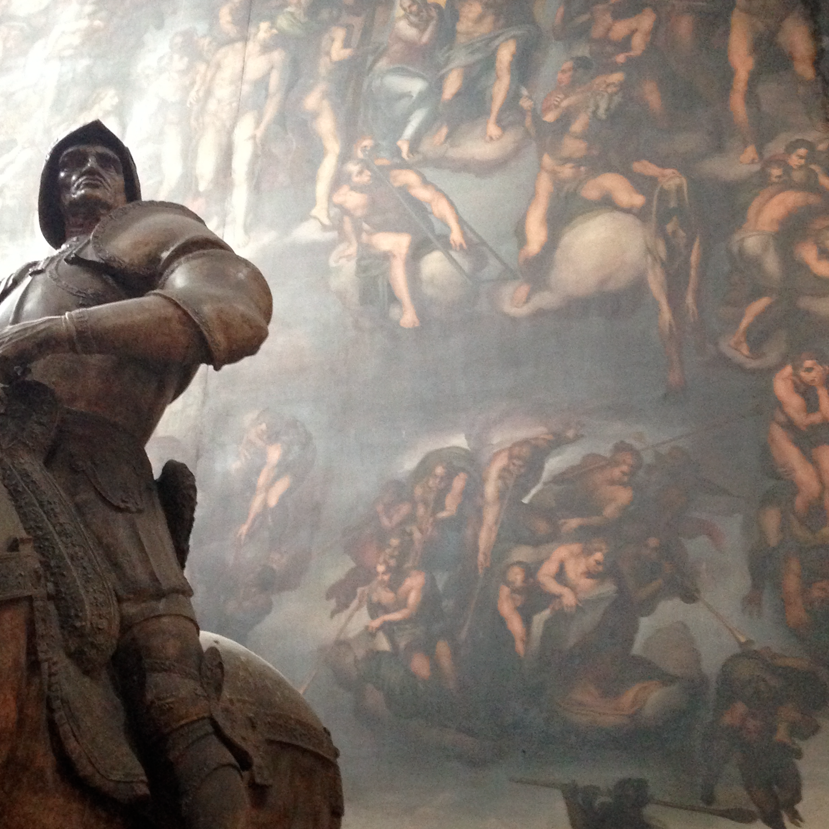
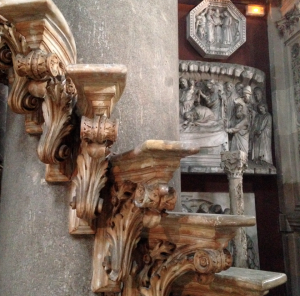 Observatory nearby. Last year, we stopped by the Manufacture de Sèvres.
Observatory nearby. Last year, we stopped by the Manufacture de Sèvres.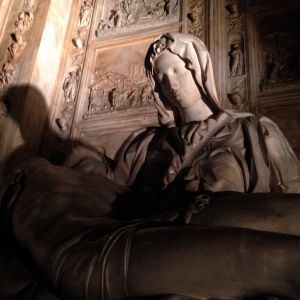 This year, I was not in the mood to stand in lines and deal with crowds, so we just went for a stroll. It would seem the universe had other plans for us, and along our walk we passed the fine arts college, Ecole des Beaux Arts. The school was open to visitors and I was very curious to see inside, because the school has been getting a lot of press lately.
This year, I was not in the mood to stand in lines and deal with crowds, so we just went for a stroll. It would seem the universe had other plans for us, and along our walk we passed the fine arts college, Ecole des Beaux Arts. The school was open to visitors and I was very curious to see inside, because the school has been getting a lot of press lately.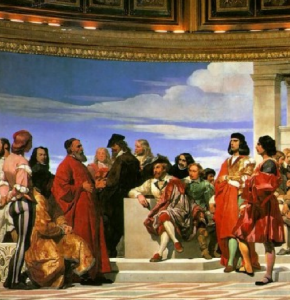 In the auditorium there is a large mural of the masters. da Vinci chats away with Reubens, Van Dyke shares a laugh besides Fra Angelico, all of them looking down at the students below, sitting on stiff wooden benches, listening to a lecture as the butts go numb.
In the auditorium there is a large mural of the masters. da Vinci chats away with Reubens, Van Dyke shares a laugh besides Fra Angelico, all of them looking down at the students below, sitting on stiff wooden benches, listening to a lecture as the butts go numb.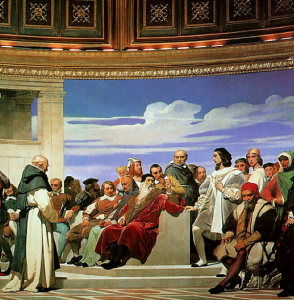 There is a covered courtyard, flooded with light, where students can work in the sun, protected from the elements, and a smaller, arcaded courtyard that leads to the chapel. A memorial to students who died fighting for France in the First World War dominates the space, a large chestnut tree reigning from above, nature faces tragedy in absolute beauty and our day has been enriched.
There is a covered courtyard, flooded with light, where students can work in the sun, protected from the elements, and a smaller, arcaded courtyard that leads to the chapel. A memorial to students who died fighting for France in the First World War dominates the space, a large chestnut tree reigning from above, nature faces tragedy in absolute beauty and our day has been enriched.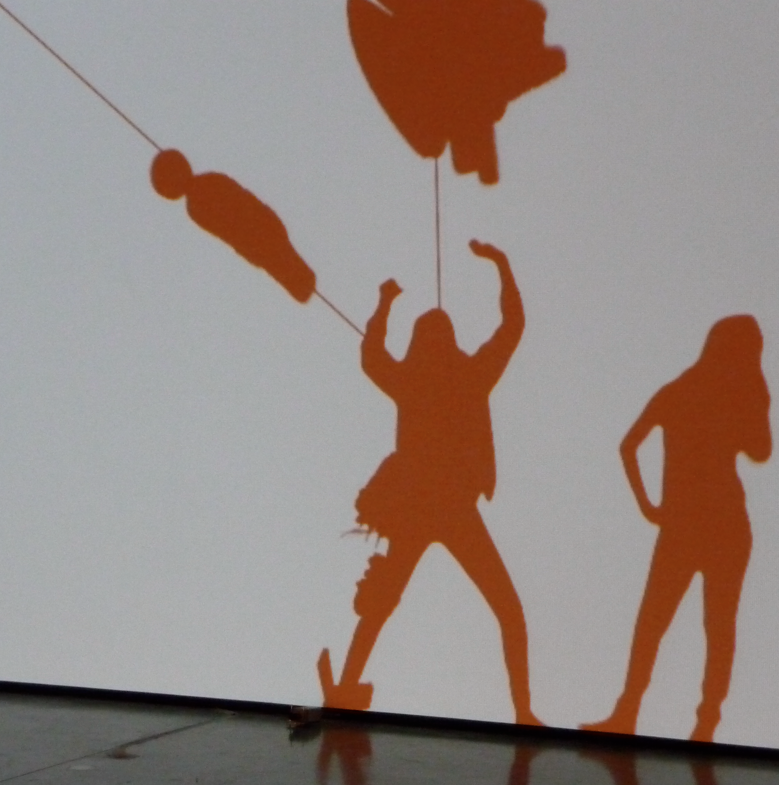
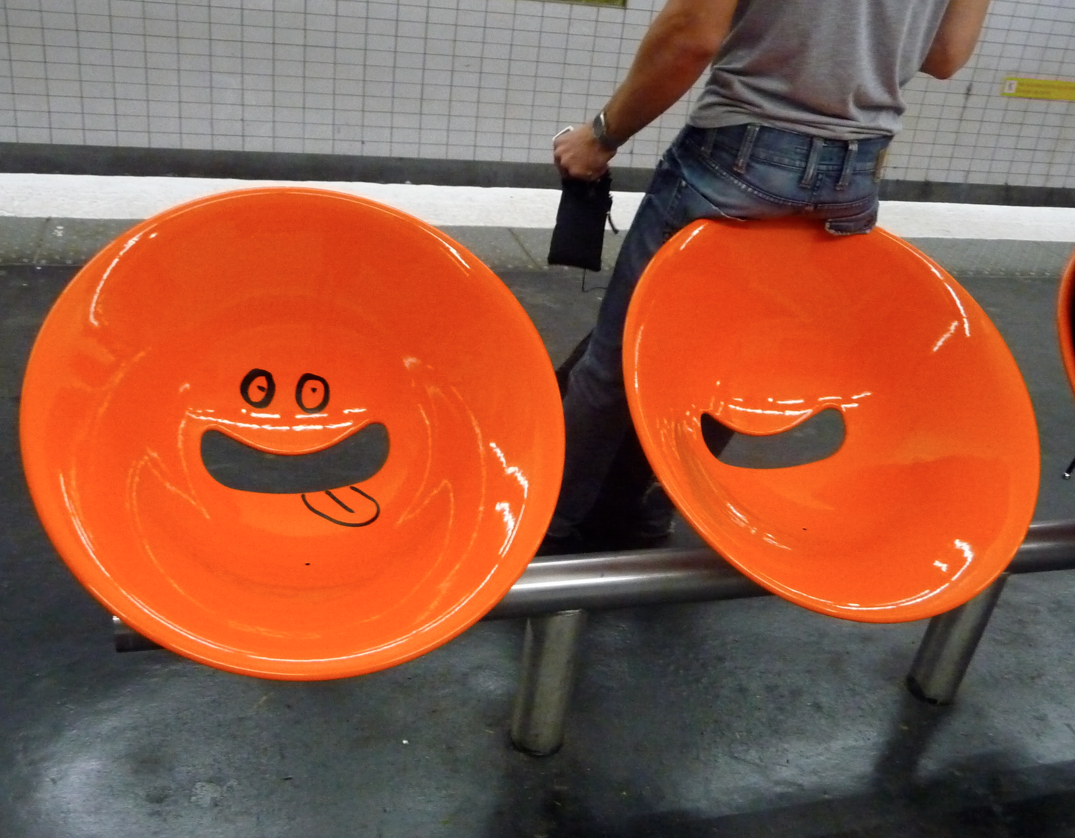 From dealing with
From dealing with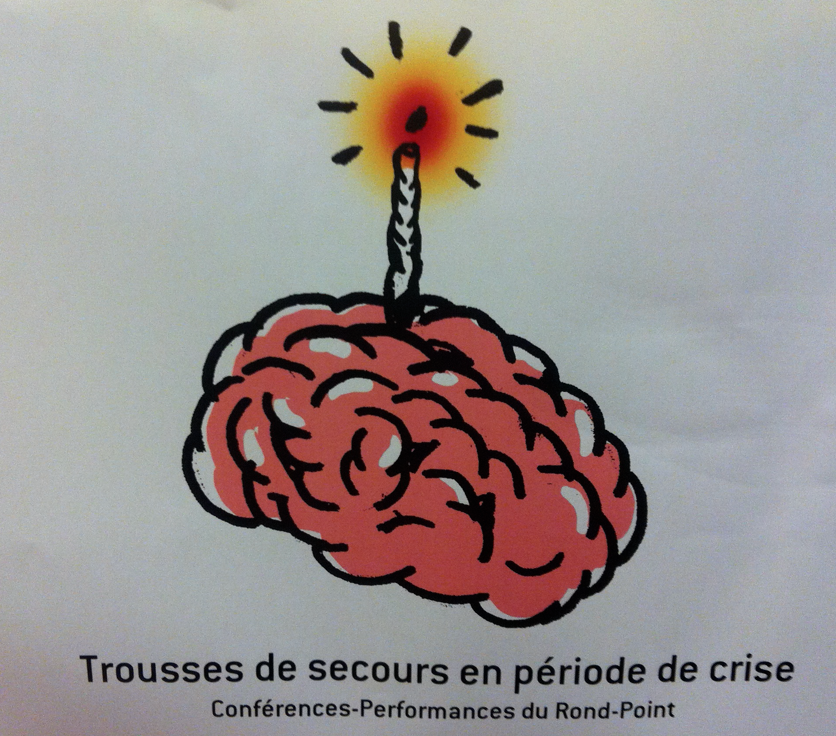
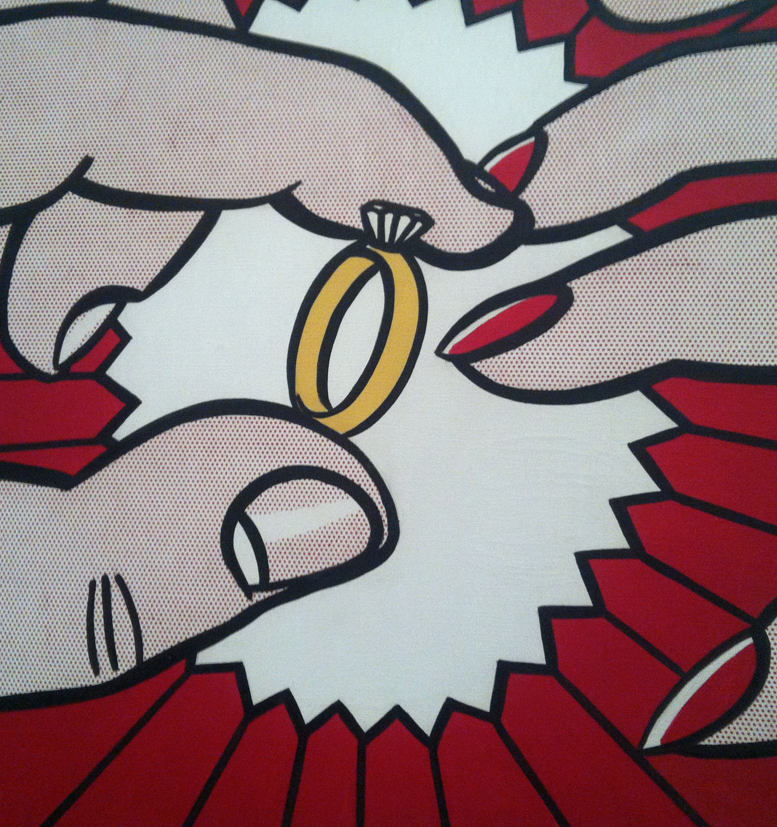

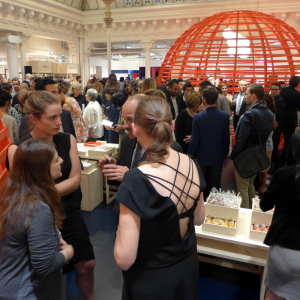 There is the Maison et Objets home design convention with Paris Fashion Week just around the corner, sandwiched between the Nuits Blanches cultural all nighter and the Journée des Patrimoines cultural heritage to weekend.
There is the Maison et Objets home design convention with Paris Fashion Week just around the corner, sandwiched between the Nuits Blanches cultural all nighter and the Journée des Patrimoines cultural heritage to weekend.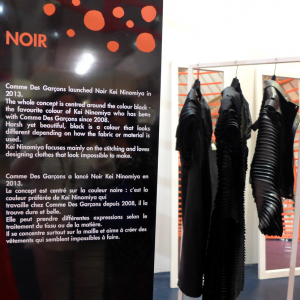

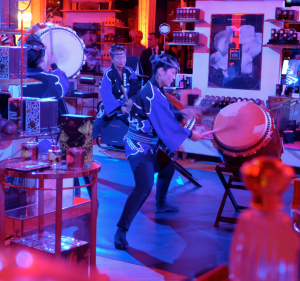
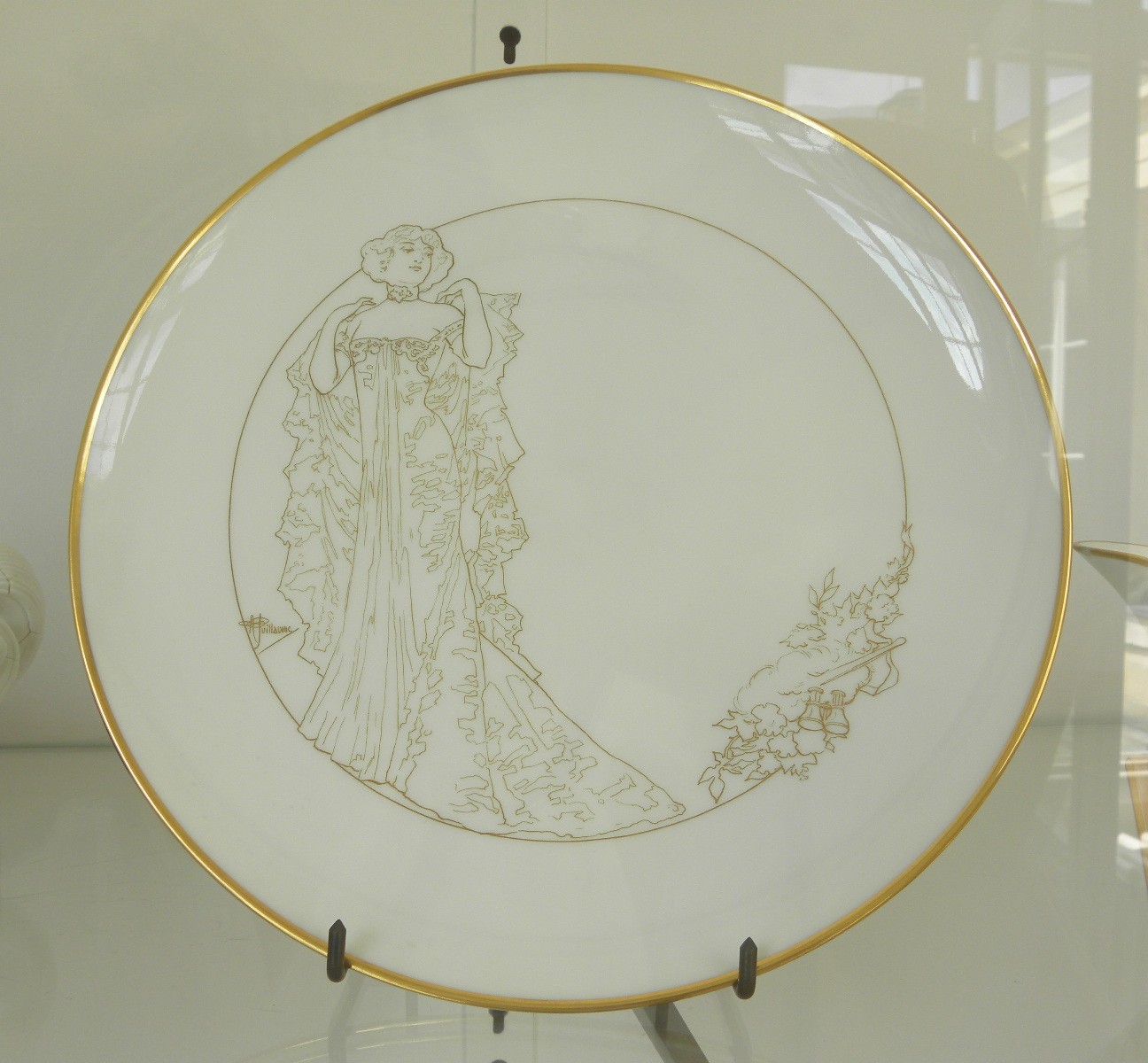
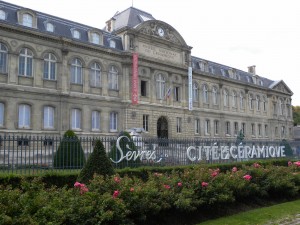 The Manufacture was founded in Vincennes in 1740 by a group of craftsmen and was moved to Sèvres in 1756 by King Louis XV and his mistress Madame de Pompadour. Because of their great interest in porcelain, they wanted Sèvres to create porcelain surpassing the established Saxony works of Meissen and Dresden. Sèvres is unique today in that the ancient crafts practiced there have been passed down from one generation to the next. Each object is produced manually from start to finish, with each craftsman marking their work. Each Sèvres craftsman completes a three-year training program to acquire a French state certification in ceramics and usually stays in a specific trade for most of his or her career. There are currently 120 artisans at the Manufacture working at 30 different ceramic trades.
The Manufacture was founded in Vincennes in 1740 by a group of craftsmen and was moved to Sèvres in 1756 by King Louis XV and his mistress Madame de Pompadour. Because of their great interest in porcelain, they wanted Sèvres to create porcelain surpassing the established Saxony works of Meissen and Dresden. Sèvres is unique today in that the ancient crafts practiced there have been passed down from one generation to the next. Each object is produced manually from start to finish, with each craftsman marking their work. Each Sèvres craftsman completes a three-year training program to acquire a French state certification in ceramics and usually stays in a specific trade for most of his or her career. There are currently 120 artisans at the Manufacture working at 30 different ceramic trades.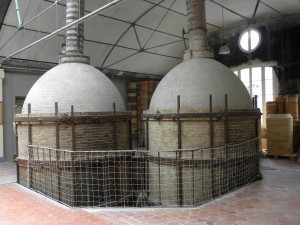 The tour began in the reception area of the National Ceramic Museum at the top of the staircase at the main entrance. The tour guide took us to the Manufacture building directly in back of the Museum, and we entered the “welcome room”. Here, our knowledgeable guide taught us about the history of the Manufacture and explained the porcelain-making process. Porcelain paste and plaster molds are used to make dishes, figurines, vases, and contemporary art, and examples of all of these were displayed. Proceeding into the adjoining room, we saw a porcelain bust of Louis XV made in 1760 and several other examples of objects made in Sèvres, as well as a wall map of the buildings on the site.
The tour began in the reception area of the National Ceramic Museum at the top of the staircase at the main entrance. The tour guide took us to the Manufacture building directly in back of the Museum, and we entered the “welcome room”. Here, our knowledgeable guide taught us about the history of the Manufacture and explained the porcelain-making process. Porcelain paste and plaster molds are used to make dishes, figurines, vases, and contemporary art, and examples of all of these were displayed. Proceeding into the adjoining room, we saw a porcelain bust of Louis XV made in 1760 and several other examples of objects made in Sèvres, as well as a wall map of the buildings on the site.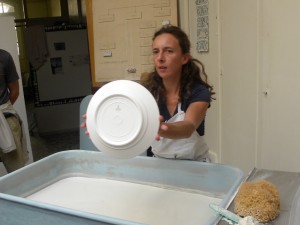 After making a short stop in front of several display cases showing the different phases of the porcelain painting process and a series of objects commissioned by different French institutions, we arrived at the gold decoration workshop. Here we were, in a large room that looked at first like an administrative office, but upon closer observation I realized that there were neither computers nor printers on the desks, and artisans’ fine tools had replaced pens and pencils. One man showed us how he transfers tiny engraved motifs from a gold-brushed metal slab to tracing paper using a special press, proud to share his unusual skills with our amazed group.
After making a short stop in front of several display cases showing the different phases of the porcelain painting process and a series of objects commissioned by different French institutions, we arrived at the gold decoration workshop. Here we were, in a large room that looked at first like an administrative office, but upon closer observation I realized that there were neither computers nor printers on the desks, and artisans’ fine tools had replaced pens and pencils. One man showed us how he transfers tiny engraved motifs from a gold-brushed metal slab to tracing paper using a special press, proud to share his unusual skills with our amazed group.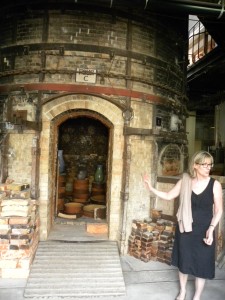 His colleague, a jovial woman about to retire after a career of 47 years there, demonstrated how she meticulously aligns and applies the gold tracing paper motifs to various porcelain objects, kind of like decals. It may take two or three days just to decorate a single teacup. On her desk and in a showcase nearby were examples of objects she had decorated. “Doesn’t this get a bit repetitive?” someone in the group asked. “The objects and motifs are always changing, so it stays interesting, and above all, we’re creating art”, she replied. I realized then that we were not just observing people working at their jobs. We were witnessing dedicated artists with a passion for using their unique “savoir-faire” to create lasting beauty for the world to admire.
His colleague, a jovial woman about to retire after a career of 47 years there, demonstrated how she meticulously aligns and applies the gold tracing paper motifs to various porcelain objects, kind of like decals. It may take two or three days just to decorate a single teacup. On her desk and in a showcase nearby were examples of objects she had decorated. “Doesn’t this get a bit repetitive?” someone in the group asked. “The objects and motifs are always changing, so it stays interesting, and above all, we’re creating art”, she replied. I realized then that we were not just observing people working at their jobs. We were witnessing dedicated artists with a passion for using their unique “savoir-faire” to create lasting beauty for the world to admire.